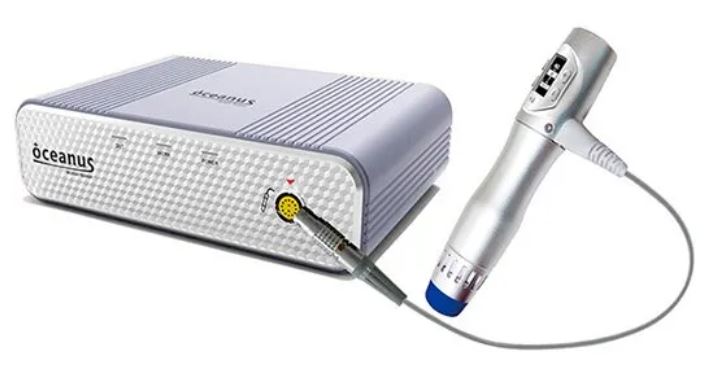Surgery Center Checklist Creation
Creating an Effective Checklist for Your Surgery Center:
A well-designed checklist is an essential tool for ensuring safety, efficiency, and high-quality care in a surgery center. It helps standardize procedures, minimize errors, and enhance communication among the surgical team. Here’s a comprehensive guide on how to create an effective checklist for your surgery center.
1. Identify Key Areas
Start by identifying the key areas that need to be covered in your checklist. These typically include:
- Preoperative Preparation: Patient identification, consent forms, medical history review, and preoperative instructions.
- Anesthesia Preparation: Equipment checks, medication preparation, and patient monitoring setup.
- Surgical Procedure: Instrument counts, surgical site verification, and team briefings.
- Postoperative Care: Patient recovery monitoring, pain management, and discharge instructions.
2. Involve the Surgical Team
Involve all members of the surgical team in the checklist creation process. This includes surgeons, anesthesiologists, nurses, and administrative staff. Their input is invaluable in identifying critical steps and potential areas for improvement. Collaborative development ensures that the checklist is comprehensive and practical.
3. Use Evidence-Based Guidelines
Base your checklist on evidence-based guidelines and best practices. Refer to resources from reputable organizations such as the World Health Organization (WHO), the American Society of Anesthesiologists (ASA), and the Association of periOperative Registered Nurses (AORN). These guidelines provide a solid foundation for creating a checklist that meets high standards of care.
4. Keep It Simple and Clear
Ensure that the checklist is simple, clear, and easy to follow. Use concise language and avoid jargon. Each item should be actionable and specific, leaving no room for ambiguity. A well-structured checklist enhances usability and compliance among the surgical team.
5. Organize by Phases
Organize the checklist by phases of the surgical process. This typically includes:
- Before Induction of Anesthesia: Verify patient identity, confirm surgical site, review patient allergies, and ensure all necessary equipment is available.
- Before Skin Incision: Conduct a team briefing, confirm patient positioning, and review critical steps of the procedure.
- Before Patient Leaves Operating Room: Count instruments and sponges, review postoperative care plan, and ensure proper documentation.
6. Include Safety Checks
Incorporate safety checks at each phase of the surgical process. These checks help prevent common errors such as wrong-site surgery, medication errors, and equipment malfunctions. Safety checks should be non-negotiable and strictly adhered to by all team members.
7. Pilot and Revise
Before fully implementing the checklist, conduct a pilot test in a real surgical setting. Gather feedback from the surgical team on its effectiveness and usability. Make necessary revisions based on this feedback to ensure the checklist is practical and comprehensive.
8. Train the Team
Provide thorough training to all team members on how to use the checklist. Emphasize the importance of each step and the role of the checklist in enhancing patient safety and surgical outcomes. Regular training sessions can help reinforce the use of the checklist and address any issues that arise.
9. Monitor and Evaluate
Continuously monitor the use of the checklist and evaluate its impact on surgical outcomes. Collect data on compliance rates, patient safety incidents, and team feedback. Use this information to make ongoing improvements to the checklist and ensure it remains effective.
10. Foster a Culture of Safety
Promote a culture of safety within your surgery center. Encourage open communication, teamwork, and a commitment to following the checklist. Recognize and reward team members who consistently adhere to safety protocols. A positive safety culture enhances the overall effectiveness of the checklist.
Creating an effective checklist for your surgery center involves careful planning, collaboration, and continuous improvement. By following these steps, you can develop a checklist that enhances patient safety, improves surgical outcomes, and supports the success of your surgery center.




